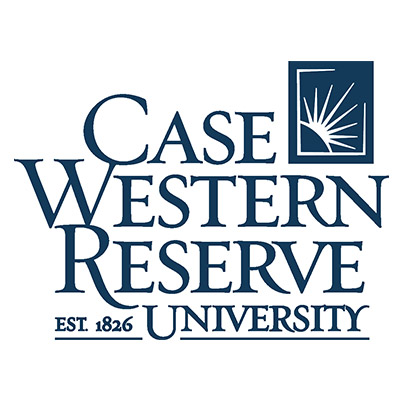


Typical welding wire in spool form such as shown was used in these experiments. A FANUC welding robot was used in creating test parts by LHW process.
Direct additive manufacturing (AM) of metal parts is limited consumables, build times, and thermal gradients which compromise metallurgical and microstructural control. This project demonstrates and benchmarks laser assisted, wire-based additive processes developed by The Lincoln Electric Company along with modeling the effect of variation in process parameters.
Problem
Direct additive manufacturing of metal parts is limited by cost and availability of consumables, build times, and steep temporal and spatial thermal gradients which compromise metallurgical/microstructural control.
Objective
The overall objective of this project was to assess the relative strengths of laser hot wire (LHW) deposition of nickel and titanium alloys as the basis of high-rate deposition methods simultaneously capable of low net heat input such that metallurgical control can be demonstrated.
An additional objective was to assess the feasibility of LHW to be a potential alternative process in the additive manufacturing (AM) industry.
Technical Approach
Energy efficiency, material characterization, and mechanical properties testing analyses were conducted through several shapes and features of specimens fabricated by the LHW process. In addition, these results were benchmarked against specimens created by a laser powder-based additive manufacturing process in the case of a titanium alloy.
There were two different metal materials systems used for this project: the nickel-based superalloy 625 and Ti-6Al-4V. For nickel alloy 625 the targeted application was creating corrosion resistant properties for extension of life cycles for complex steel substrates used in oil and gas applications. Ti-6Al-4V with its key properties of high strength-to-weight ratio compared to iron-based alloys, high melting point (roughly at 1670°C, or 3035°F), and high corrosion resistance particularly oxidizing and chloride-containing process streams, making it desirable for aerospace applications. These two alloys systems were selected with an intention to assist the extension of AM to corrosion sensitive application areas and demonstrate AM as an alternative to forgings of important lightweight structural alloys.
Lincoln Electric, the integrator and manufacturer of the patented LHW machinery, supplied the feedstock of filler metal wire that is used in the LHW experiments for nickel alloy 625 (sold commercially under the name Techalloy® 625). Arconic supplied the Ti-6Al-4V wire. Both are commercially available as products of the respective companies. In all experiments the wire size used was 0.045 inch (1.14 mm) in diameter.
Accomplishments
LWH was demonstrated to operate with low-net heat input with melt superheats of less than 200°C. Two materials were used in the demonstrations for this project — Titanium (Ti-6Al-4V) and nickel alloy 625. Comparisons to powder-bed technology were made to the efficacy of building parts using the same CAD model. Both processes produce near-net shape and while powder bed generates a nearer approximation to final shape, LHW shows improved thermal management resulting in less distortion overall. Both processes require additional finishing operations. Following machining, the LHW parts were inspected with ultrasound. The following applications have been identified by industry sector:
- Oil and Gas: Nickel alloys as a cladding for caster rolls, chocks, and housings that are subject to harsh environments and corrosion.
- Aerospace: Titanium forgings for structural airframe components are driven by mechanical properties such as durability and damage tolerance.
A number of LHW systems are now operational at customer locations at the conclusion of the project with many engaged and potential customers anticipated. Case Western Reserve University offers a graduate and undergraduate-level course “Additive Manufacturing of Metals, Polymers & Ceramics” that features this project and its results. Select lectures are available to America Makes members. Several presentations have been made at trade organization events and for private companies.
Project Participants
Project Principal

Other Project Participants
- The Lincoln Electric Company
- Arconic Titanium Engineering Products
- RP+M
- AZZ/WSI, LLC
- DNV-GL USA
Public Participants
- U.S. Department of Defense
- National Science Foundation
- U.S. Department of Energy
